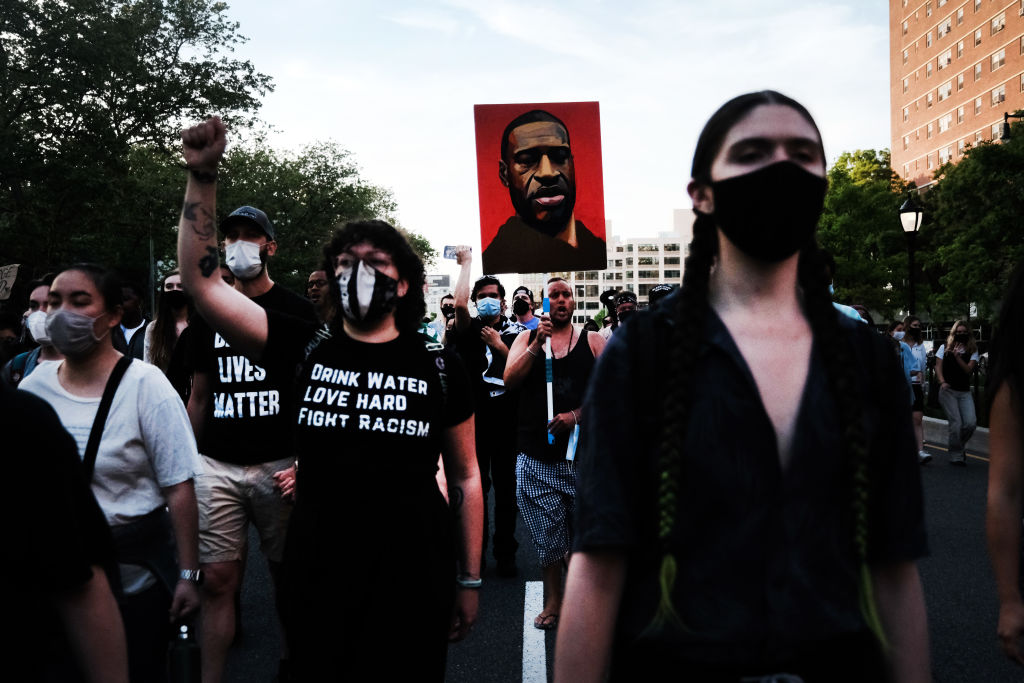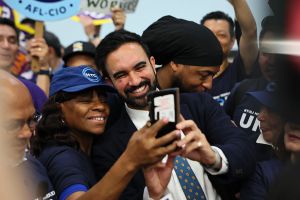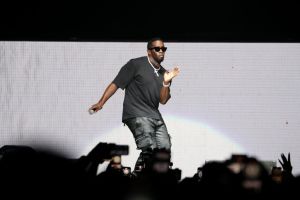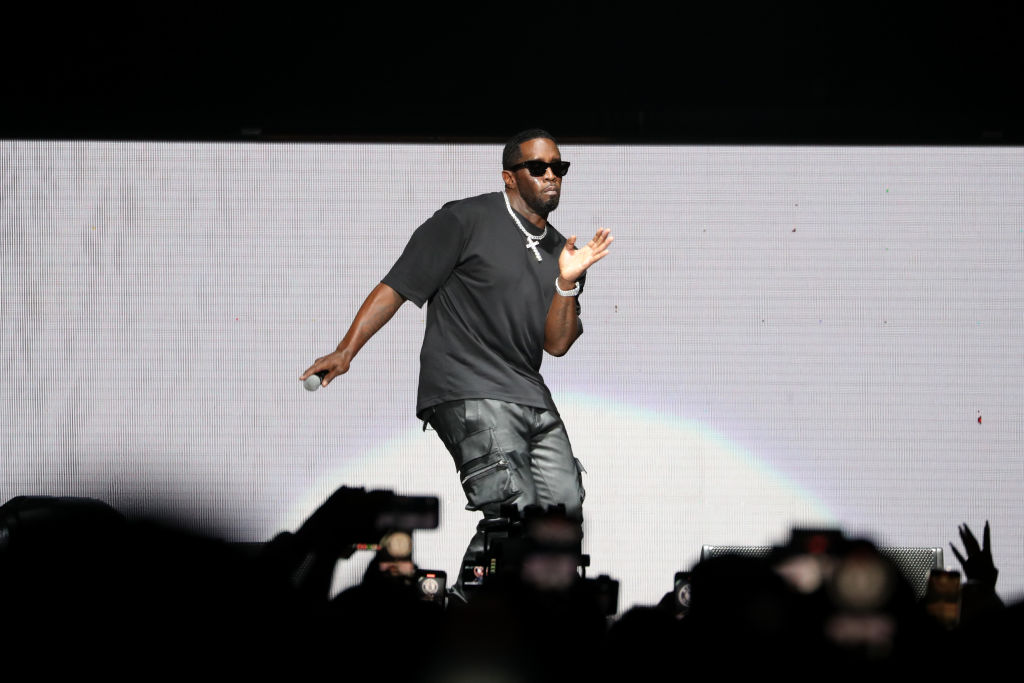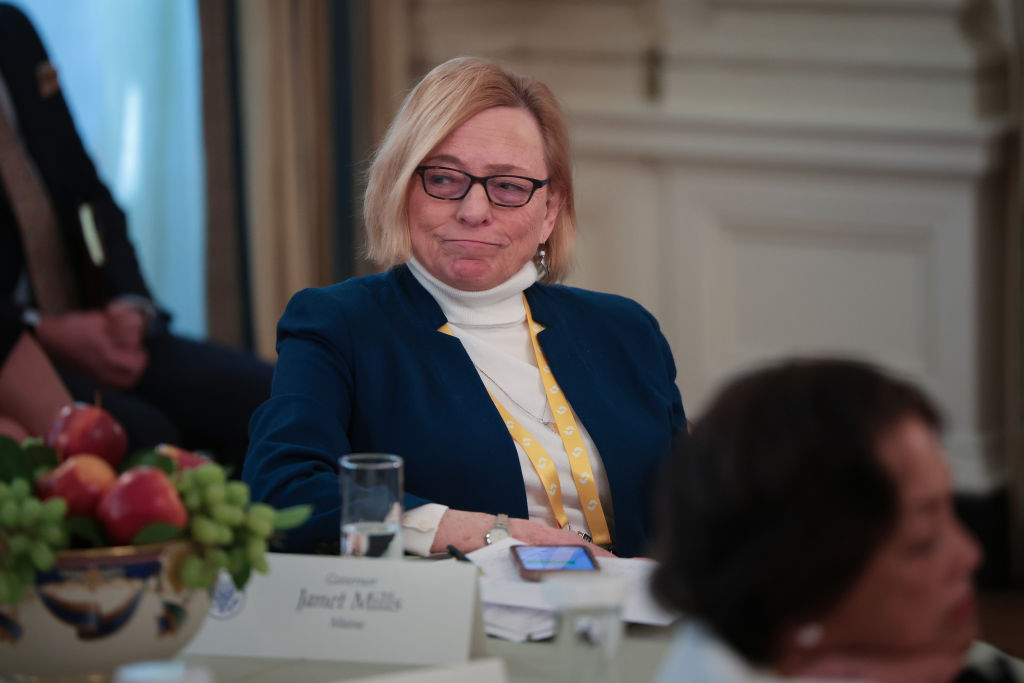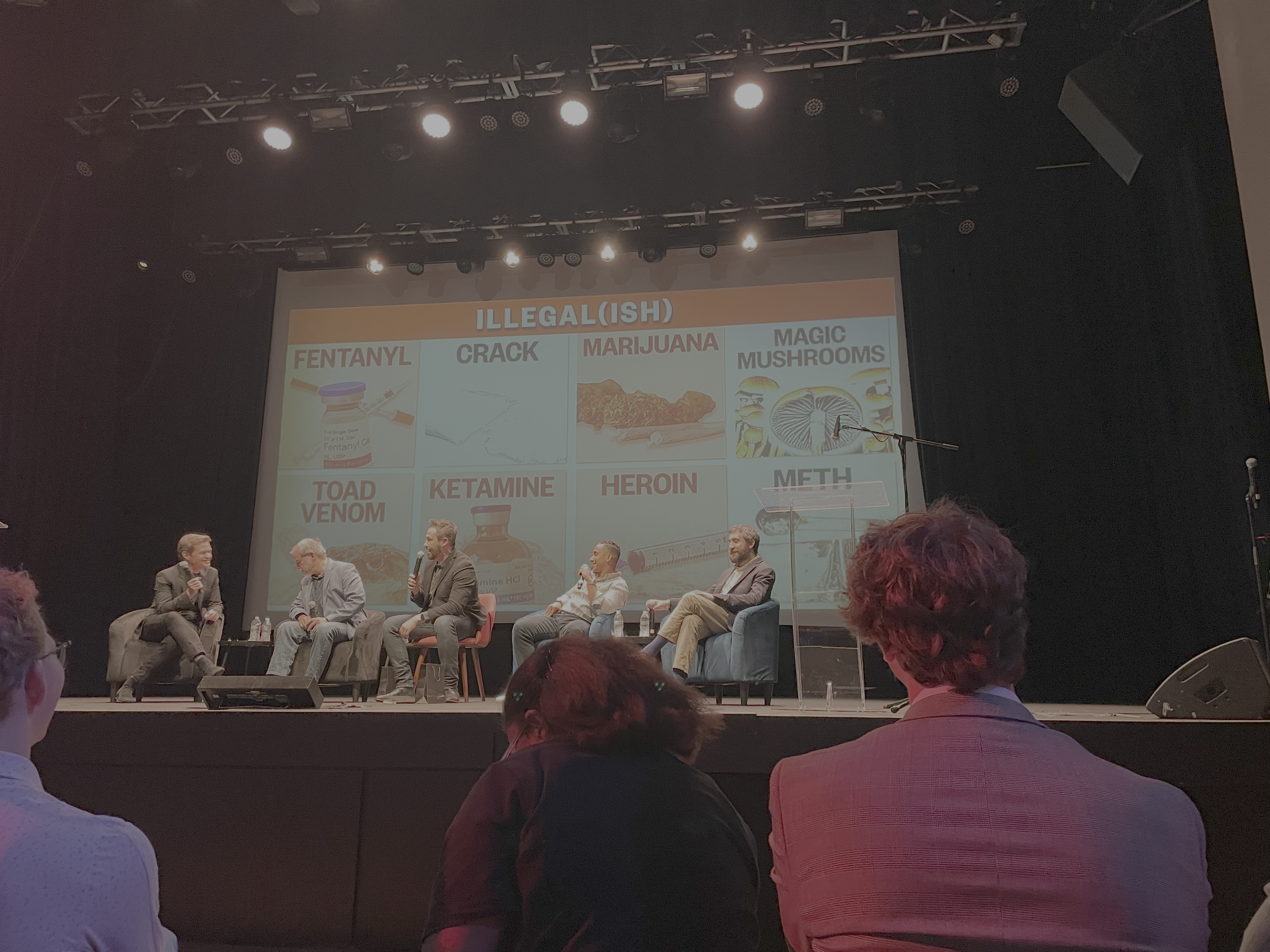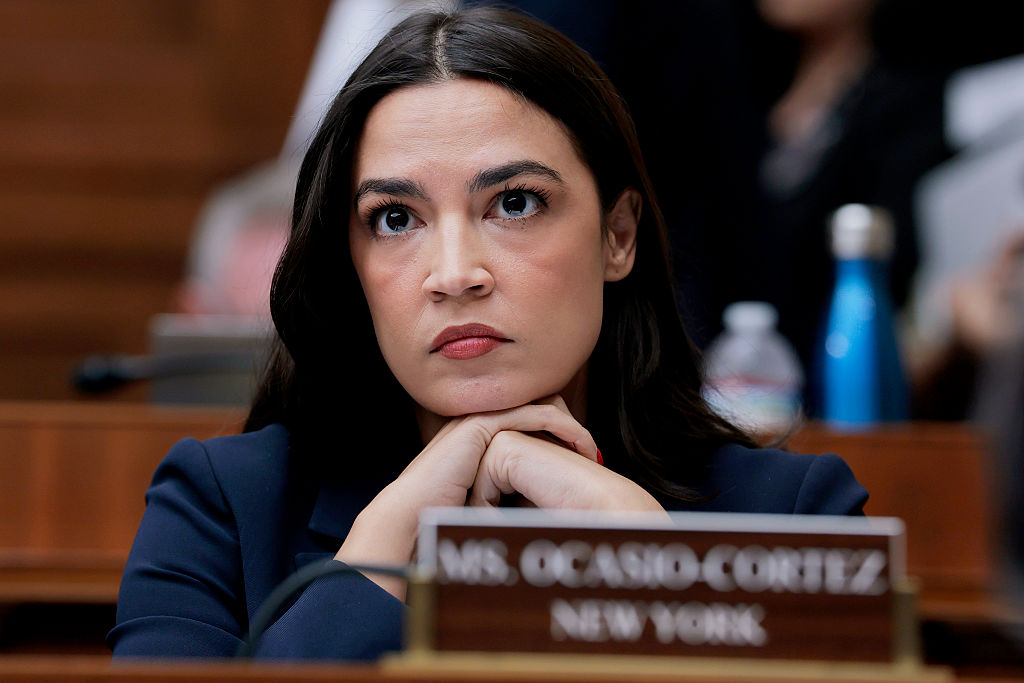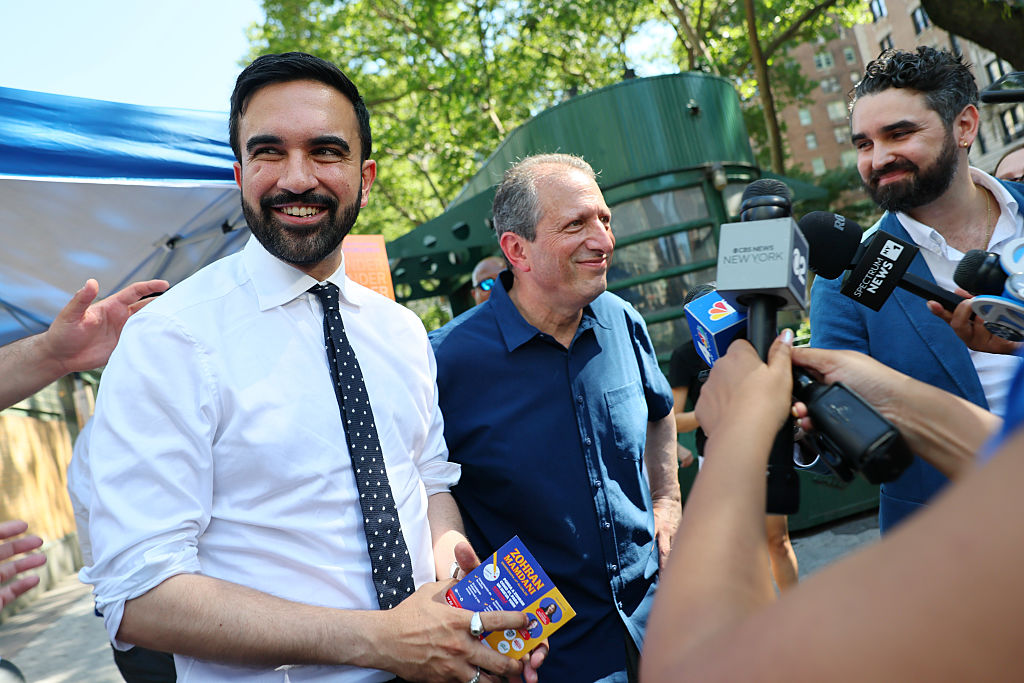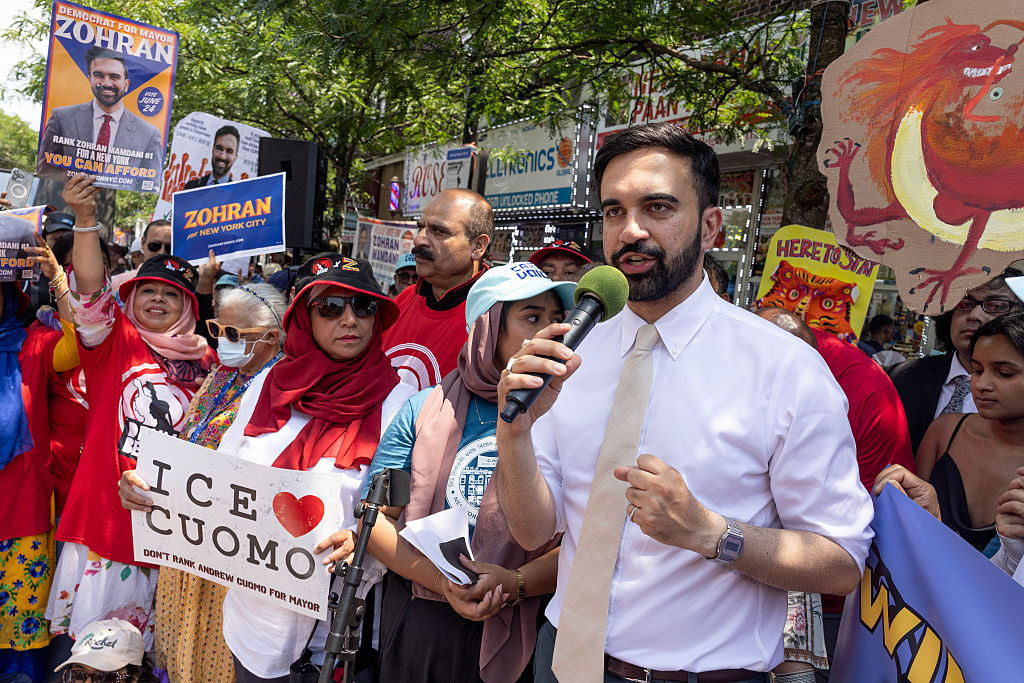Do black lives really matter… to black people? May 25 marks the second anniversary of George Floyd’s death at the hands of a Minneapolis police officer in 2020, sparking a wave of protests under the anthemic banner of “Black Lives Matter.” The narrative of young black men being killed across the nation by white cops was strong and inspired a Covid-summer full of protests and promises of change.
Happy anniversary — and a fast forward to 2022, when New York City mayor Eric Adams finally said the quiet part out loud. Adams slammed Black Lives Matter and anti-police activists after a recent spring night of bloodshed across the city that left more than a dozen people shot. “Where are all those who stated ‘Black Lives Matter’?” Adams said. “The victims were all black.” Three people killed and thirteen others wounded in a series of shootings. Zero were shot by police officers. “The lives of these black children that are dying every night matter,” Adams said. “We can’t be hypocrites.”
Well, well, there’s a change from the rhetoric which in 2020 New York led to defunding the police, disbanding special gun control units (now being reinstated by Mayor Adams), reducing or eliminating bail for most common crimes, and, a few years earlier, bringing to an end “stop-and-frisk,” broken-window policing tactics. Once upon a time, taken together, whether by blind luck, racist intent, or practical policing, all those things lowered the crime rate in New York. Then, baby, meet bathwater.
The spate of killings this spring (coming just days after a mentally ill black man injured more than ten people in the subway by firing thirty-three shots and setting off smoke bombs) match the spate that set records last April; spring brings out the shooters it seems. New York City saw its bloodiest week since around the first anniversary of Floyd’s death, with forty-six separate shooting incidents, a 300 percent surge from the same week in 2020. These shootings were part of a 205 percent overall increase in shootings in NYC in 2020, the bloodiest toll since 1996.
Who is dying? Some 65 percent of homicide victims are black, though they make up less than a quarter of the city’s population. In the unsuccessful homicides, e.g., just “shootings,” black Americans are over 70 percent of the victims.
The dead include more and more young people. This is because gang-related activity drives much of the shooting in the city. More than 90 percent of black homicide victims were killed by another black person, not by the white supremacists or those cops the media warns us about. In 2020, 290 black people were murdered and more than 1,000 were shot, almost all by other black people. By comparison, only five of the twenty years of the Afghan war killed more Americans of all races. In further comparison, in 2020, only five of all the people killed by New York City police were black.
You have to wonder which pile of bodies is really the distraction from systemic racism and which is really the more serious problem.
Though the subway gets the most attention given its everyone-is-equal reach, a disproportionate number of the killings and shootings take place inside the vast public housing world of New York City, the 2,602 buildings controlled by the New York City Housing Authority, “the projects.”
Because there are so many people living “off-lease,” no one knows the actual NYCHA population, but it is believed to be more than 600,000. If NYCHA were its own city, it would have about the same population as Boston. While much of the public housing is in “bad” parts of town, not all of it is. The housing was built largely on city-owned and available land and was championed by liberals in the 1950s and 60s. Some of NYCHA’s worst residences sit across the street from million-dollar condos on the Upper East Side.
New York and NYCHA are simultaneously among the most diverse places in America and the most segregated. About 27 percent of the city’s households in poverty are white, but less than 5 percent of NYCHA households are white. In contrast, about a fourth of the city’s households in poverty are black, but black households occupy 45 percent of NYCHA units. But even that does not tell the real tale. NYCHA is segregated building-by-building. Rutland Towers in East Flatbush is 94.9 percent black. Though Asians make up less than 5 percent of the overall NYCHA population, the La Guardia Addition at Two Bridges is 70 percent Asian.
NYCHA is also very dangerous. The NYPD counted fifty-nine homicides on NYCHA property in 2020, up 41 percent from 2019. The murder rate is far worse in the projects than elsewhere. As of late 2020, the projects saw 15.5 homicides per 100,000 people, compared to only four per 100,000 elsewhere in the city. Police counted 257 shooting incidents in NYCHA projects in 2020, a 92 percent increase over 2019. Some sixty-seven shootings were reported per 100,000 NYCHA residents, compared to twelve per 100,000 in the rest of the city. A lot of numbers that all add up one way.
The vast majority of these shootings are gang-related. The gangs involved in some of the worst locations are black, and the beef is over control of turf to sell drugs inside the city’s vast gulag archipelago of public housing. The previous mayor’s office both acknowledged and sidestepped this uncomfortable truth by blaming the shootings on “interpersonal beefs.” Worried about the Thin Blue Line, when cops won’t testify against other cops? Try finding a witness inside the projects for a black-on-black gang killing. This is what a systemic problem actually looks like.
So according to the mainstream media, what is New York’s problem? Guns, not people. Seems fair; Americans bought more guns in 2020-21 than they did in previous years. But when you take the next step, not to see who bought guns but who fired them in New York at other human beings, the answer is as clear as it is uncomfortable. The roughly 75 percent of the city who are not black are also not shooters. The sad thing is that black lives, like white ones and yellow ones and brown ones, do matter, just not in the same way.
What, on the second anniversary of his death, would George Floyd say when asked if a black life seems worth more as a political token than a living human?



